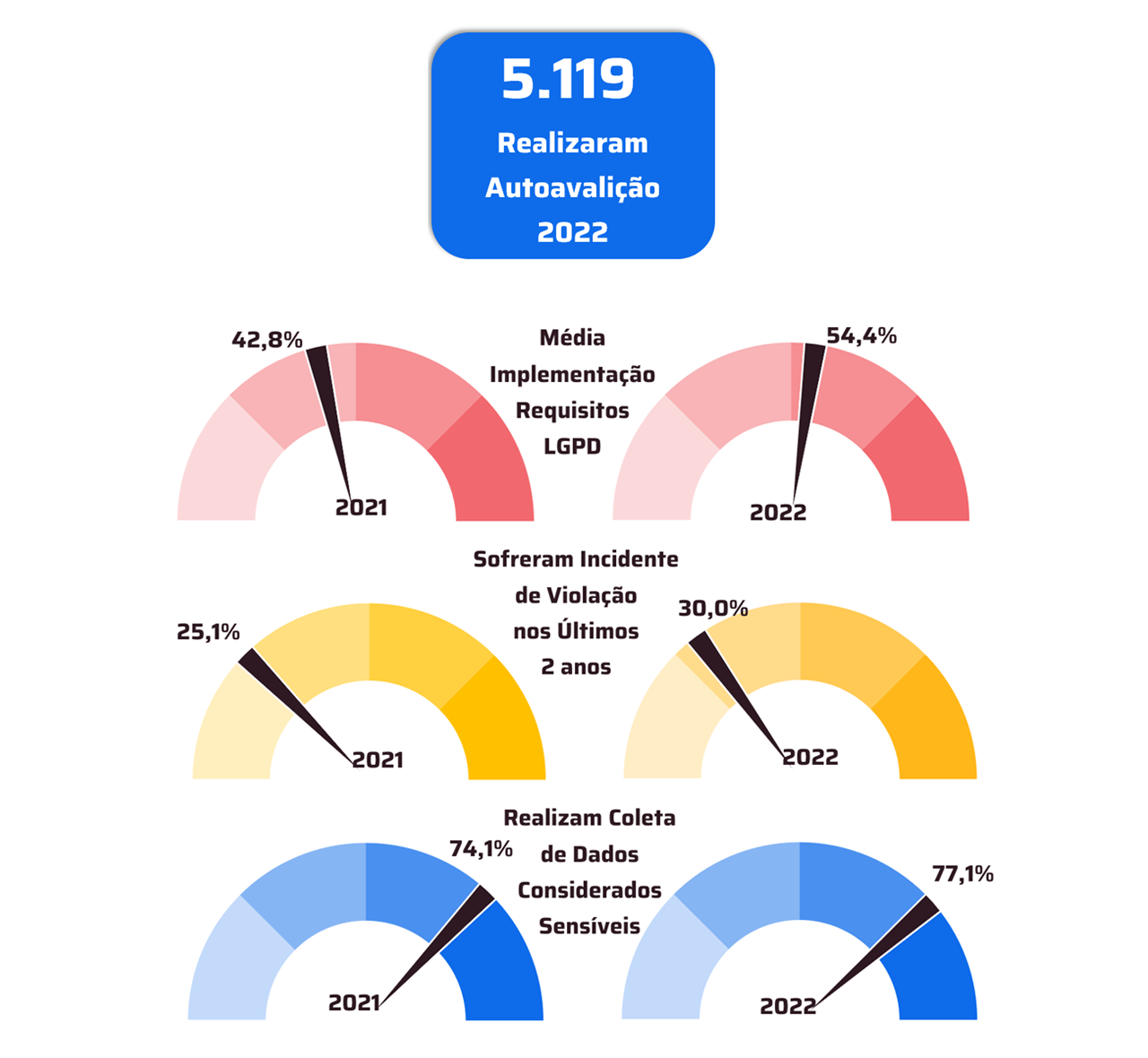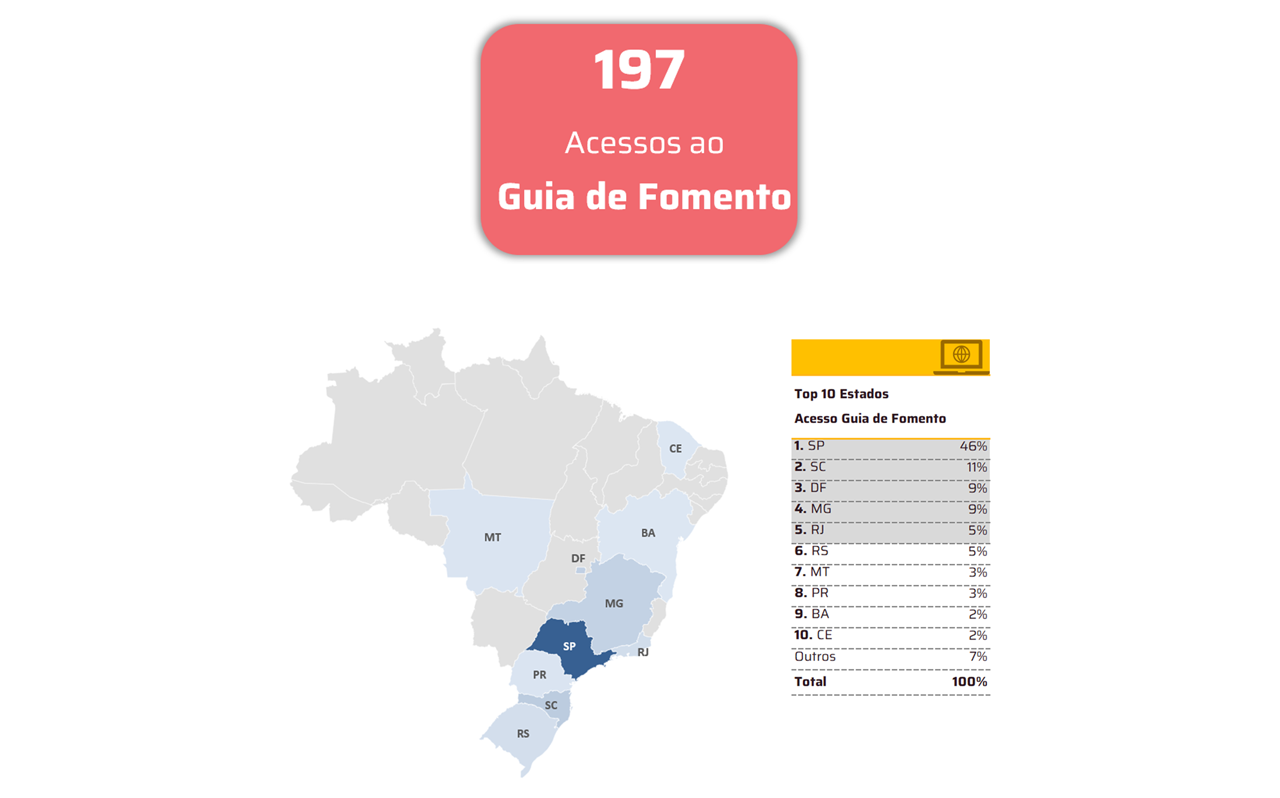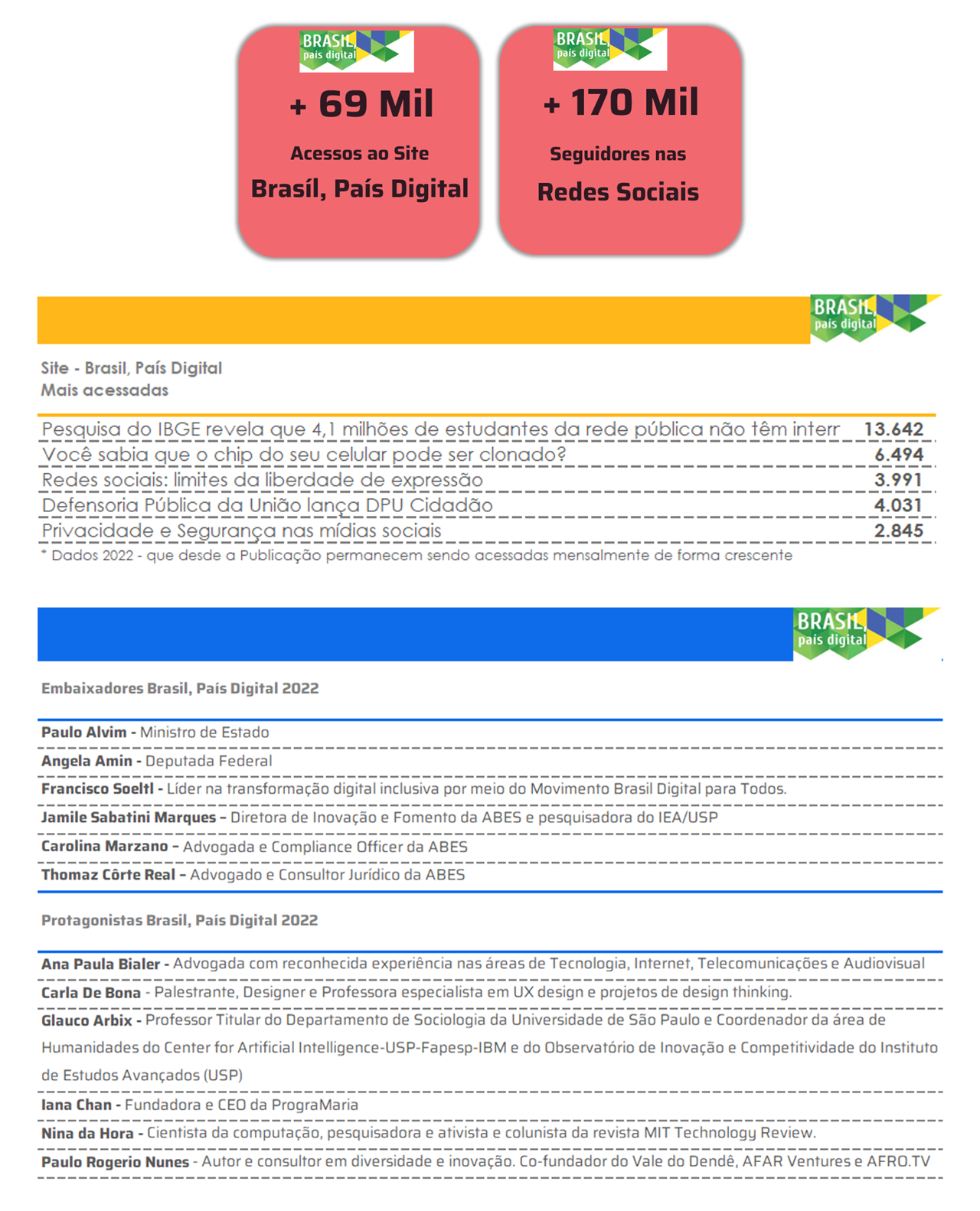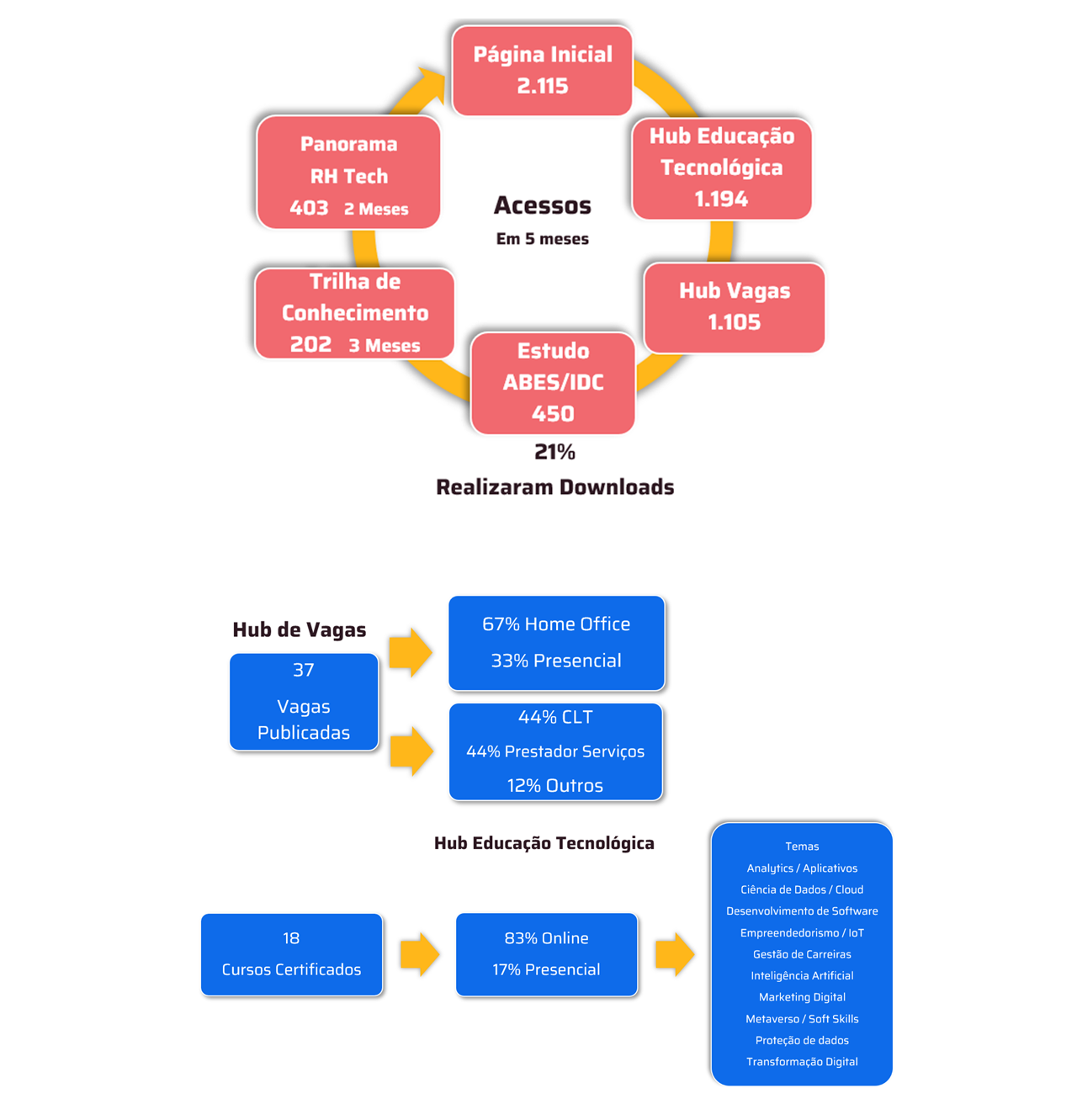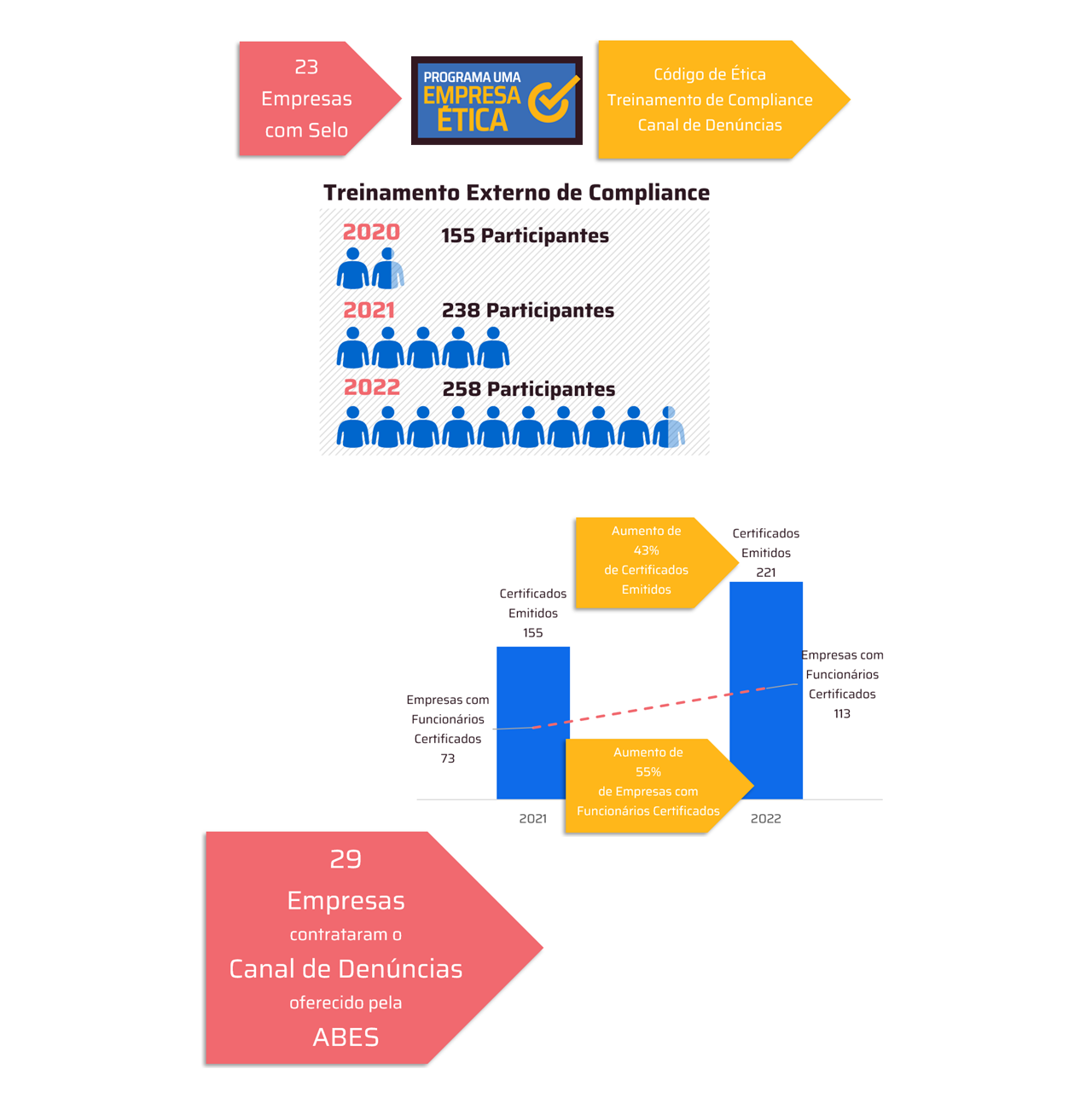Trends centered around three main themes involving Authenticity, Applied Value and Agents, and will transform the future of AI and data-driven business with new growth opportunities

THE Qlik®, a global leader in data integration, data quality, analytics and artificial intelligence (AI), today announced the three themes and twelve key trends that will shape the future of AI and data-driven business in 2025. According to Qlik, as the world tries to understand the impact AI will have over the course of the year, three major themes emerge: Authenticity, Applied Value and Agents, with twelve related trends that will have profound impacts on business.
The explosion of AI-generated content and data will force companies to confront a new data authenticity crisis. Meanwhile, applied value will become increasingly important, and organizations that integrate AI into real-world contexts, ensure cost governance, and shift to conversational interfaces will see AI drive business value. Autonomous agents, in turn, will reshape operations, but their success will depend on a solid foundation of business intelligence, interconnected data fabrics, and autonomous decision-making capabilities between agents.
“AI is revolutionizing society and business, and we need to shape how this technology is and will continue to be used. The choices made today will determine whether AI will reach its full potential in a positive and beneficial way,” says Cesar Ripari, Director of Pre-Sales for Latin America at Qlik. According to the executive, the identified themes interact with each other and the corresponding trends, if followed, can have a positive impact and outline how companies invest, implement and benefit from AI in 2025.
The three themes and main trends in Artificial Intelligence and data for 2025 are:
Theme: Authenticity
– Trend 1: Trust is your data currency – Data quality is one of the most important factors that companies must deal with, but it is increasingly difficult to prove it. The focus today is on how a model was created and trained, but it is necessary to be able to identify whether or not a model is reliable. AI Trust Score acts as a filter through which data must pass, defining the origin, lineage, and overall trustworthiness. Data profiling will become important, largely related to identifyability, accuracy, ease of consumption, timeliness, security, and diversity.
– Trend 2: A common language for data is needed – The idea of a single data lakehouse that brings together the best data lakes and warehouses and supports multiple use cases is an old one. But the lack of interoperability has restricted this vision to a theory. Implementing open table formats, in particular the Iceberg, emerges as a modular option that will have broad market acceptance, as it allows companies to organize data in any storage, avoiding dependence on a specific provider. This can help reduce costs, increase speed and improve governance. Most importantly, it brings interoperability by supporting a single view of data, creating a common language for the entire industry and helping organizations demonstrate authenticity.
– Trend 3: Clarify the dark data (dark date) will generate value – “dark date“Refer to the vast amount of information collected by organizations that is not actively used or analyzed, leading to missed opportunities for insights. This includes unstructured data, chat transcripts, operational sensor inputs, logs, and IoT data. Previously ignored because it is multimodal, this is no longer an excuse. The quest is now underway to explore previously unused data that can provide significant business benefits.
– Trend 4: Data and AI marketplaces become the places to trade quality data – As demand for authentic, high-quality data skyrockets, the value of private data increases. This further encourages the transformation of data into a product, a concept already embraced by many companies. But like any product, it needs a marketplace to commercialize. We will see a huge increase in companies purchasing AI assets, from models to data, through AI marketplaces in the coming years. Validated, domain-specific, ethical, and quality-controlled data will be worth a lot. This is a win for companies, as they gain access to new sources of trust and position themselves to make internal and external gains from the unique data they are producing.
Theme 2: Applied value
– Trend 1: Co-pilots need more calibration – Co-pilots can help users become more efficient and expand usage to more people who might not otherwise use analytics. But their value is increasingly being questioned, especially because the costs can be so high. Co-pilot implementations need to better understand use cases, be more proactive in finding anomalies, and focus on solving fewer problems with greater depth and relevance.
– Trend 2: Cost governance will drive sustainable practices – Cloud data has become much more costly than expected, especially when it comes to direct queries to large amounts of data. Each Generative AI prompt now costs more than a query normal search due to the investment required in computing backend and chips—a value that is increasingly passed on to users. This will increase with new reasoning models, and AI is predicted to use more energy than other IT initiatives by 2027. Companies should consider expenditure and what energy requirements mean for their sustainability initiatives. Cost governance will be crucial to monitor expenditure without compromising model utilization. Tactics include answer packages to reduce query volume, separating training and inference, implementing open table formats, and using smaller distributed models for specific tasks.
– Trend 3: Context becomes imperative to optimize AI framework – There have been many advances in improving outputs, thanks to extensive RAG work and refinement, and 2025 will bring even more innovation: knowledge graphs, ontologies, and larger context windows, surpassing a million tokens. AI’s understanding of specific use cases will improve. But there is no one-size-fits-all solution: with accuracy being critical to unlocking value, the right approach must be combined with the right data, whether graph, vector, or relational.
– Trend 4: The relationship between chat and data evolves – Despite democratization efforts, analytics has rarely reached more than 25%-30% of users. Generative AI-powered conversational interfaces in analytics tools Business Intelligence can help reach the remaining 75% by enabling more employees to access insights. Other approaches will emerge, but this will increasingly be the dominant way of interacting with data.
Theme 3: Agents
– Trend 1: Multi-agent architectures are coming – Just as there are competing cloud environments and AI-based models, there will be multiple agent architectures coexisting. Interoperability and avoiding vendor lock-in will be crucial to realizing the full potential reach and value of agents. Some agents will be good at data integration, others at data cleansing. schemas, text-to-SQL generation, automation or dashboard creation. Over time, agents will learn to interact with each other. But humans must still be present in the loop for control and governance.
– Trend 2: Rethinking applications in the age of agents: acquisition, construction, intelligence – An agent-based world requires a rethinking of applications. Sometimes, they won’t be necessary, since agents can provide the desired responses. In other cases, adopting pre-built applications will be preferable, for convenience and domain-specific logic. The combination of “text-to-action“Large context windows and agents will also enable us to build more apps in-house. As applications become more dynamic and intelligent, they will adapt to new needs and learn from new data to deliver more personalized, predictive, and context-aware experiences.”
– Trend 3: Real-time is crucial – Fresh data is essential for trust in agents. A customer service agent cannot make decisions or give instructions based on stale inventory data. Real-time data provides an advantage of immediacy and is less likely to be irrelevant or incorrect, for example. The need for real-time is driving a major evolution in architectures. Technically, we are approaching a tipping point where data ingestion and transformation can be done in real time, and hybrid transactional and analytical data can be stored and processed in the same place.
– Trend 4: Process intelligence and automation are crucial for interaction between agents – Bad automated processes are still bad processes. In a world of autonomous agents, it is vital that process flows are understandable. Process mining and analytics must be used to optimize how workflows should look. This will act as a highway for agents. Automations are then the agents’ vehicles on the highway, securely connecting applications, facilitating communication, and driving interactions and actions between agents.
Regarding the Qlik
THE Qlik Qlik transforms complex data landscapes into actionable insights, driving strategic business outcomes. Serving more than 40,000 global customers, Qlik’s portfolio leverages advanced, enterprise-grade AI/ML and comprehensive data quality. Qlik is the leader in data integration and governance, offering end-to-end solutions that work with diverse data sources. Qlik’s intuitive analytics uncover hidden patterns, empowering teams to tackle complex challenges and seize new opportunities. Qlik’s practical, scalable AI/ML tools drive faster, better decisions. Qlik is a strategic partner, and its expertise and technology-agnostic platform make its customers more competitive. For more information, visit www.qlik.com/pt-br.





